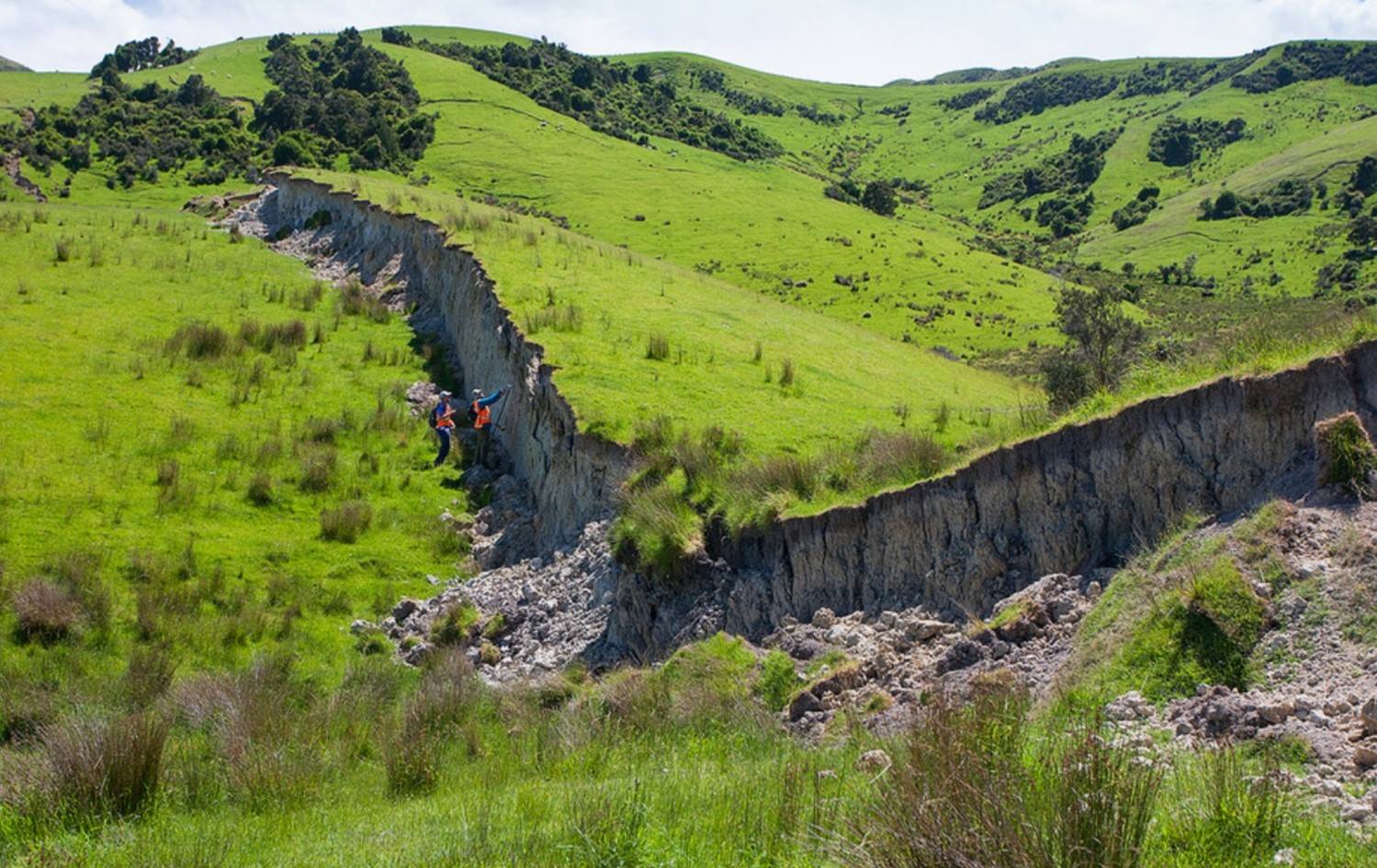Hidden Faults Of The Basin And Range

Have you ever wondered about the hidden faults of the Basin and Range? This vast region, stretching from Utah to California, holds secrets beneath its rugged landscape. These faults, often invisible to the naked eye, shape the terrain and influence seismic activity. Understanding them can help us grasp the forces that mold our planet. From ancient earthquakes to ongoing shifts, the Basin and Range tells a story of constant change. Whether you're a geology enthusiast or just curious about natural wonders, exploring these hidden faults offers a glimpse into Earth's dynamic processes. Let's dive into the mysteries lying beneath this fascinating region.
Hidden Faults of the Basin and Range
The Basin and Range Province, stretching across the western United States, is a geological wonder. This region is characterized by its alternating basins and mountain ranges, created by tectonic forces. Let's dive into some hidden faults that make this area so fascinating.
What are Hidden Faults?
Hidden faults are fractures in the Earth's crust that aren't easily visible. They can cause earthquakes and shape the landscape in unexpected ways. Here are some notable hidden faults in the Basin and Range Province.
Wasatch Fault
- Located in Utah, the Wasatch Fault runs along the Wasatch Range. It's responsible for the dramatic cliffs and valleys in the area. Though not always visible, this fault has the potential to cause significant earthquakes.
Sierra Nevada Fault
- This fault lies along the eastern edge of California's Sierra Nevada mountains. It contributes to the uplift of the range and the sinking of the adjacent basins. Hidden beneath the surface, it plays a crucial role in shaping the landscape.
Hurricane Fault
- Stretching from Utah to Arizona, the Hurricane Fault is another hidden gem. It influences the topography of Zion National Park and the surrounding areas. The fault's movements have created stunning cliffs and canyons.
How Do Hidden Faults Affect the Landscape?
Hidden faults can dramatically alter the landscape over time. They create mountains, valleys, and other geological features. Here are some examples of how these faults have shaped the Basin and Range Province.
Death Valley Fault Zone
- Located in California, this fault zone is responsible for the formation of Death Valley. The valley's extreme depth and the surrounding mountains result from the fault's movements. It's a prime example of how hidden faults can create dramatic landscapes.
Ruby Mountains Fault
- In Nevada, the Ruby Mountains Fault has uplifted the Ruby Mountains, creating a stunning range. The fault's activity has also formed deep valleys and basins, adding to the region's rugged beauty.
Panamint Valley Fault
- This fault runs through California's Panamint Valley. It has contributed to the valley's formation and the uplift of the Panamint Range. The fault's hidden movements have created a striking contrast between the valley floor and the towering mountains.
Why Study Hidden Faults?
Understanding hidden faults is crucial for predicting earthquakes and understanding geological processes. They offer insights into the Earth's movements and help us prepare for natural disasters. Here are some hidden faults that are important for scientific research.
Eastern California Shear Zone
- This zone includes several hidden faults that accommodate the movement between the Pacific and North American plates. Studying these faults helps scientists understand the region's seismic activity and potential earthquake hazards.
Walker Lane Fault Zone
- Located in Nevada and California, the Walker Lane Fault Zone is a complex network of hidden faults. It plays a significant role in the region's tectonics and earthquake activity. Researching this zone helps improve earthquake predictions and safety measures.
Owens Valley Fault
- This fault in California is part of the Eastern California Shear Zone. It has a history of producing significant earthquakes, making it an important area for study. Understanding its hidden movements can help mitigate earthquake risks.
Hidden Faults and Human Impact
Hidden faults not only shape the landscape but also impact human activities. They can affect infrastructure, water resources, and land use. Here are some hidden faults that have significant human impacts.
San Andreas Fault
- While not entirely hidden, parts of the San Andreas Fault are less visible. This fault runs through California and poses a significant earthquake risk. Its hidden sections can cause unexpected damage to infrastructure and communities.
Wasatch Fault (again)
- The Wasatch Fault's hidden sections pose risks to the Salt Lake City area. Understanding these hidden faults helps in planning and building safer structures to withstand potential earthquakes.
Humboldt Fault Zone
- Located in Nevada, this fault zone affects water resources and land use. Its hidden movements can impact groundwater flow and availability, making it important for managing water resources in the region.
The Impact of Hidden Faults
Hidden faults in the Basin and Range region pose significant risks. These faults can trigger earthquakes without warning, affecting both natural landscapes and human structures. Understanding these hidden faults is crucial for safety and preparedness. Scientists use advanced technology to map and study these faults, helping communities plan better.
Ignoring these hidden faults can lead to severe consequences. Infrastructure like roads, bridges, and buildings could be at risk. Awareness and preparation are key to minimizing damage. Local governments and residents should stay informed about the potential hazards.
In summary, hidden faults in the Basin and Range region are a serious concern. By staying informed and prepared, communities can better protect themselves from unexpected earthquakes. Knowledge and preparation are the best defenses against these hidden geological threats.

